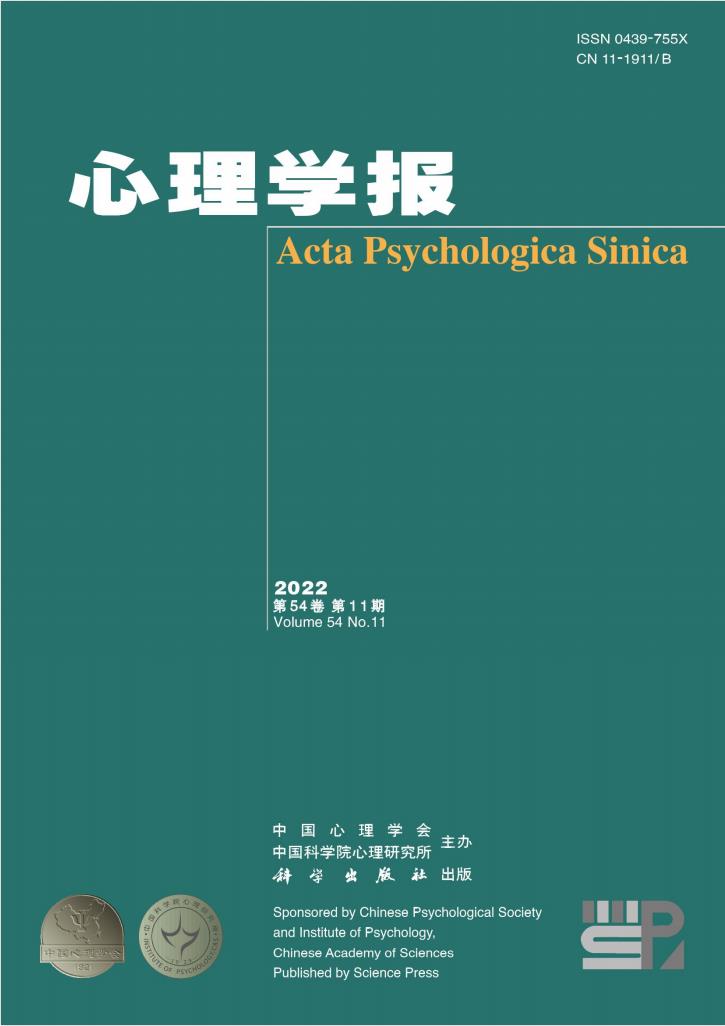The effect of the angry emoji position on consumers’ perception of the sender’s anger
IF 1.3
4区 心理学
Q3 PSYCHOLOGY, MULTIDISCIPLINARY
引用次数: 0
Abstract
Emoji are widely adopted in smartphones, for input methods, and on social networks. As ubiquitous characters, emoji transcend linguistic borders and are gaining worldwide popularity. The purpose of this paper is to examine the effect of the position of the angry emoji in negative online consumer reviews on the consumers’ perceptions of the sender’s anger. The present study first proposed the main location effect of the position of the angry emoji on the consumers’ perception of the sender’s anger. That is, compared with the angry emoji at the end of a sentence, the angry emoji in the middle of a sentence led to a stronger perception of anger. Based on visual information processing of the location effect, the current research proposed that the position salience perception and the sentiment-strengthening perception of the angry emoji serially mediated the above main effect. Further, we hypothesized that word review extremity moderated the effect of the position of the angry emoji on the consumers’ perceptions of the sender’s anger. For this paper, we conducted one eye-tracking experiment and three laboratory experiments. In Study 1, we conducted a pretest, which was the eye-tracking experiment. The product used in the pretest was a thermos mug. Study 1 was a 3 (one emoji at the end of a sentence vs. one in the middle of a sentence vs. no emoji) × 2 (feature description: feature one precedes feature two vs. feature two precedes feature one) between-subjects design. The product used in Study 1 was a laptop. Study 2 was a 2 (the position of the angry emoji at the end vs. in the middle of a sentence) × 2 (feature description: feature one precedes feature two vs. feature two precedes feature one) between-subjects design. Study 2 used a gel-ink pen refill as the target product. In Study 2, we measured the consumers’ perceptions of the sender’s anger, the angry emoji sentiment-strengthening perception, and the position salience perception created by the angry emoji. Study 3 was a 2 (the position of the angry emoji at the end vs. in the middle of a sentence) × 2 (word review extremity: moderate vs. extreme) between-subjects design. Study 3 used a coat as the target product. The results of the pretest demonstrated the effectiveness of visual information processing on the location effect. The position of the angry emoji influenced the participants’ attention. The angry emoji in the middle of a sentence led to higher fixation counts and longer fixation durations. The results of Study 1 demonstrated the main effect in this paper, which was that an angry emoji in the middle of a sentence led to a stronger perception of the sender’s anger than did an angry emoji at the end of a sentence. The results of Study 2 replicated the results of Study 1 and tested the serial-mediating roles of the position salience perception and the sentiment-strengthening perception of the angry emoji. The results of Study 3 replicated the results of Study 2 and tested the moderating role of word review extremity in the relationship between the position of the angry emoji and the consumers’ perception of the sender’s anger. When we considered the extreme word review, the influence of the position of the angry emoji on the sender’s perception of anger was not significant; however, when we considered the moderate word review, the angry emoji in the middle of a sentence significantly enhanced the consumers’ perception of the sender’s anger. The current research extended the extant literature in several dimensions. First, it supplemented the literature in the field of marketing on the effects of the emoji on consumers’ responses. Second, it supplemented the literature of application contexts and the influence of the location effect. Third, the present research provided empirical evidence for emoji functions. Fourth, the present study supplemented the literature of online consumer reviews.愤怒的表情符号位置对消费者感知发送者愤怒的影响
表情符号被广泛应用于智能手机、输入法和社交网络。作为无处不在的字符,表情符号超越了语言的界限,在世界范围内越来越受欢迎。本文的目的是研究愤怒表情符号在负面在线消费者评论中的位置对消费者对发送者愤怒的感知的影响。本研究首次提出愤怒表情符号的位置对消费者感知发送者愤怒的主要位置效应。也就是说,与句尾的愤怒表情相比,句中间的愤怒表情会让人更强烈地感受到愤怒。基于位置效应的视觉信息加工,本研究提出愤怒表情符号的位置显著性感知和情绪强化感知依次介导上述主效应。此外,我们假设单词回顾极端调节了愤怒表情符号的位置对消费者对发送者愤怒的感知的影响。在本文中,我们进行了一次眼动追踪实验和三次室内实验。在研究1中,我们进行了一个预测试,即眼球追踪实验。在预试中使用的产品是一个保温杯。研究1是一个3(句尾有一个表情符号vs.句中有一个表情符号vs.没有表情符号)x2(特征描述:特征一在特征二之前vs.特征二在特征一之前)的受试者设计。研究1中使用的产品是一台笔记本电脑。研究2是一个2(愤怒表情符号在句子结尾和中间的位置)x2(特征描述:特征一在特征二之前,特征二在特征一之前)的被试设计。研究2使用凝胶墨水笔芯作为目标产品。在研究2中,我们测量了消费者对发送者愤怒的感知,愤怒表情符号的情绪强化感知,以及愤怒表情符号产生的位置突出感知。研究3是一个2(愤怒表情符号在句子结尾和中间的位置)x2(单词复习极限:中度和极端)的受试者设计。研究3使用涂层作为目标产品。前测结果证明了视觉信息处理对定位效应的影响。愤怒表情符号的位置影响了参与者的注意力。句子中间的愤怒表情符号会导致更高的注视次数和更长的注视时间。研究1的结果证明了本文的主要效果,即句子中间的愤怒表情符号比句子末尾的愤怒表情符号更能让人感受到发送者的愤怒。研究2的结果重复了研究1的结果,并测试了愤怒表情符号的位置显著性感知和情绪强化感知的串行中介作用。研究3的结果重复了研究2的结果,并测试了单词复习极限在愤怒表情符号的位置与消费者对发送者愤怒的感知之间的关系中的调节作用。当我们考虑极端单词复习时,愤怒表情符号的位置对发送者对愤怒的感知的影响不显著;然而,当我们考虑适度的单词回顾时,句子中间的愤怒表情符号显著增强了消费者对发送者愤怒的感知。本研究在几个维度上扩展了现有文献。首先,它补充了营销领域关于表情符号对消费者反应影响的文献。其次,补充了应用情境和区位效应影响的相关文献。第三,本研究为表情符号功能提供了实证证据。第四,本研究对网络消费者评论文献进行了补充。
本文章由计算机程序翻译,如有差异,请以英文原文为准。
求助全文
约1分钟内获得全文
求助全文
来源期刊

心理学报
Psychology-Psychology (all)
CiteScore
1.70
自引率
13.30%
发文量
1612
期刊介绍:
Acta Psychologica Sinica (ISSN 0439-755X) is a scholarly journal sponsored by the Chinese Psychological Society and the Institute of Psychology, Chinese Academy of Sciences, and published monthly by the Science Press.
Acta Psychologica Sinica has been included in many important national and international indexing systems such as SCOPUS (Elsevier), ESCI (Web of Science), PsycINFO (APA), CSCD. It is the flagship journal of the Chinese Psychological Society that publishes peer-reviewed original empirical studies and theoretical articles spanning the entire spectrum of scientific psychology.
Acta Psychologica Sinica publishes high-quality research that investigates the fundamental mechanisms of mind and behavior and aims to deliver scientific knowledge to enhance our understanding of culture and society. It welcomes submissions of manuscripts reporting research that is up-to-date, scientifically excellent, and of broad interest and significance.
 求助内容:
求助内容: 应助结果提醒方式:
应助结果提醒方式:


